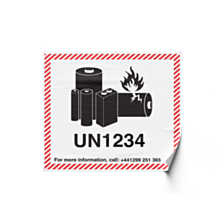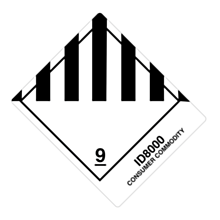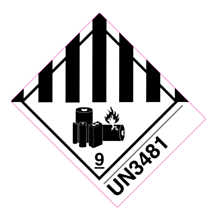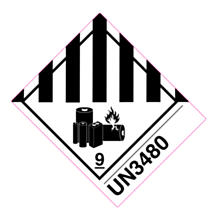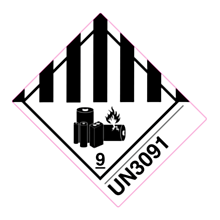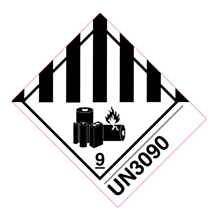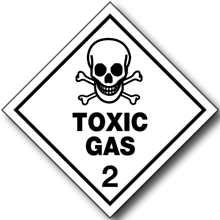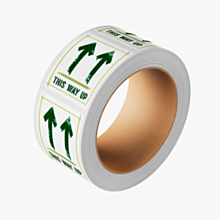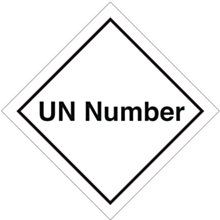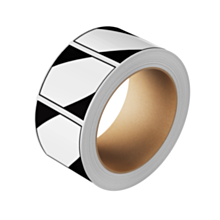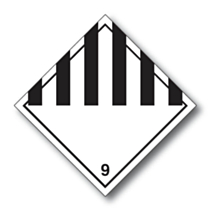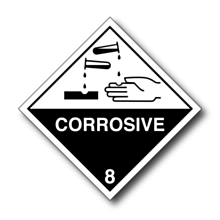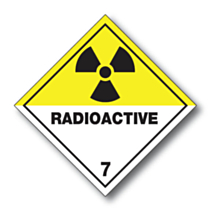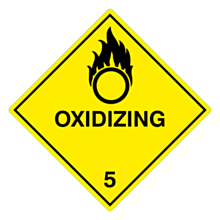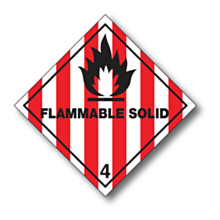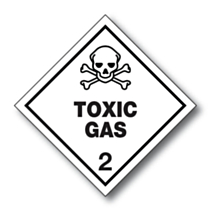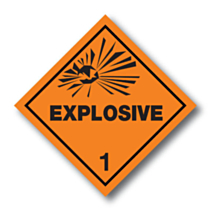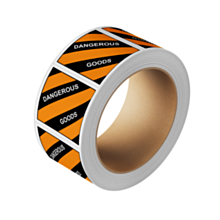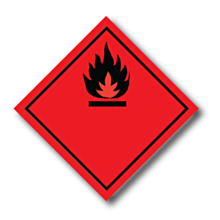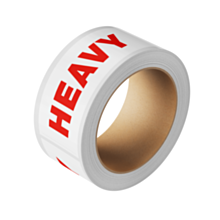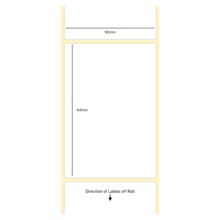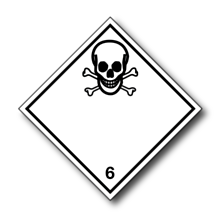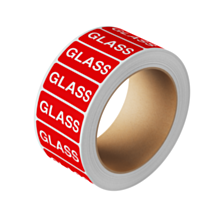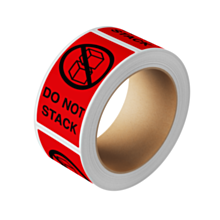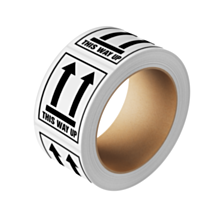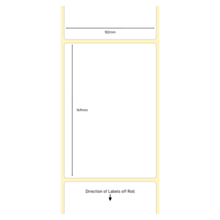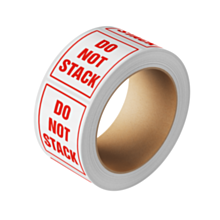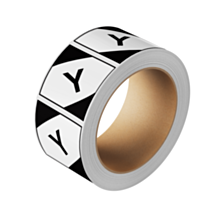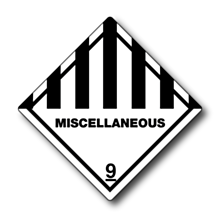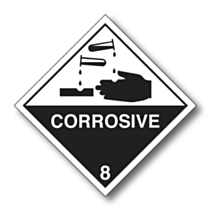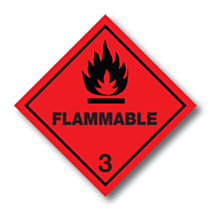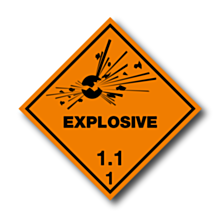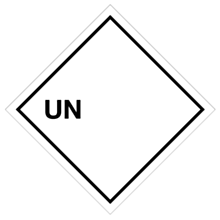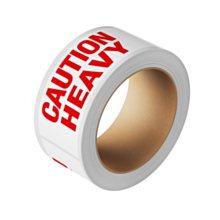1. Identify the Hazard Class
The first step in selecting the right hazard label is identifying the hazard class of the material being shipped. Hazardous materials are classified into nine primary classes, each with specific labelling requirements:
- Class 1: Explosives
- Class 2: Gases
- Class 3: Flammable Liquids
- Class 4: Flammable Solids
- Class 5: Oxidizing Substances and Organic Peroxides
- Class 6: Toxic and Infectious Substances
- Class 7: Radioactive Materials
- Class 8: Corrosive Substances
- Class 9: Miscellaneous Dangerous Goods
Each class has its own distinct label design, colour, and symbol. Ensure you correctly identify the hazard class to select the appropriate label.
2. Understand Subsidiary Risks
Some hazardous materials may pose more than one type of risk. In such cases, subsidiary risk labels are required in addition to the primary hazard label. For example, a material that is both flammable and toxic will need labels indicating both hazards.
3. Check Regulatory Requirements
Regulatory requirements for hazard labels can vary by country and mode of transport (e.g., air, sea, road). It is essential to comply with the relevant regulations, such as the:
International Air Transport Association (IATA) for air shipments
International Maritime Dangerous Goods (IMDG) Code for sea shipments
DOT regulations for ground transport in the United States
Ensure that your labels meet the size, colour, and design specifications mandated by these regulations.
4.Use Correct Placement
Proper placement of hazard labels on the package is crucial for visibility and compliance. Labels should be placed on a contrasting background and must not be obscured by other markings or labels. Ensure that labels are applied on the same surface of the package and are clearly visible.
5. Include Necessary Information
In addition to the hazard symbol, labels may need to include specific information, such as:
- UN Number: A four-digit number identifying the hazardous substance.
- Handling Instructions: Any additional instructions or warnings.
- Ensure all required information is present and legible.
Common Types of Hazard Labels
1. Explosives (Class 1)
- Design: Orange background with a bursting bomb symbol.
- Sub-Divisions: Indicate the type of explosive (e.g., 1.1, 1.2, 1.3).
2. Gases (Class 2)
- Design: Various symbols for flammable, non-flammable, and toxic gases.
- Colours: Red for flammable gases, green for non-flammable gases, white for toxic gases.
3. Flammable Liquids (Class 3)
- Design: Red background with a flame symbol.
4. Flammable Solids (Class 4)
- Design: Red and white stripes or squares with relevant symbols for flammable solids, spontaneously combustible, and dangerous when wet materials.
5. Oxidizing Substances (Class 5)
- Design: Yellow background with a flame over a circle symbol.
- Sub-Divisions: Class 5.1 for oxidizers, Class 5.2 for organic peroxides.
6. Toxic and Infectious Substances (Class 6)
- Design: White background with a skull and crossbones for toxic substances, or biohazard symbol for infectious substances.
7. Radioactive Materials (Class 7)
- Design: Yellow and white background with a trefoil symbol.
- Categories: I, II, III based on radiation level.
8. Corrosive Substances (Class 8)
- Design: Black and white background with a symbol depicting material destroying metal and skin.
9. Miscellaneous Dangerous Goods (Class 9)
- Design: Black and white stripes or checkerboard pattern.

